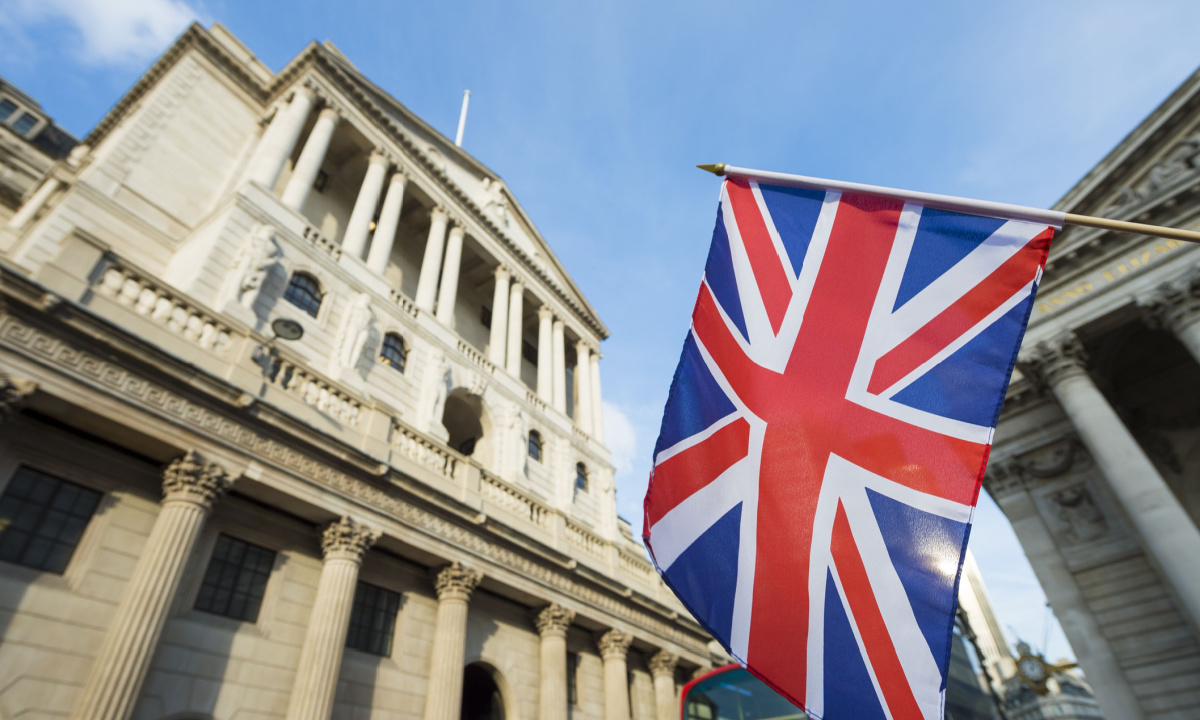The Bank of England’s governor appears to have relaxed his position on stablecoins.
Writing in the Financial Times (FT) Wednesday (Oct. 1), Andrew Bailey said it would be “wrong to be against stablecoins as a matter of principle,” while arguing for their potential for “driving innovation in payments systems both at home and across borders.”
The FT points out in a separate report that Bailey had given a speech in July in which he said he didn’t view stablecoins a substitute for commercial bank money.
But on Wednesday, he wrote that the financial system “does not have to be organized” as it is now, with a heavy dependence on commercial bank lending to fuel the economy.
“It is possible, at least partially, to separate money from credit provision, with banks and stablecoins coexisting and non-banks carrying out more of the credit provision role,” Bailey wrote, adding that it was “important to consider the implications of such a change thoroughly before going ahead.”
Stablecoins, digital tokens pegged to a real currency like the U.S. dollar, have been the subject of heated debate among regulators, as the FT notes.
Advertisement: Scroll to Continue
Some caution that the coins present a threat to global financial stability, while others uphold them as a promising innovation that can lead to faster and cheaper payments.
There are nearly $300 billion worth of stablecoins in circulation, the report added, dominated by two U.S.-dollar-based coins — Tether’s USDT and USDC from Circle — with no pound-based stablecoins “of significant size.”
The U.K. central bank, the report continued, has faced criticism for taking a more cautious approach to stablecoins than its counterparts, especially after the U.S. adopted the GENIUS Act in July, paving a path for mainstream adoption of the digital assets on Wall Street.
In related news, trade association UK Finance and several financial institutions announced last week the launch of a pilot project they said will include the first U.K. live transactions of tokenized sterling deposits (GBTD).
As covered here, the pilot will cover three use cases for GBTD: person-to-person payments through online marketplaces, remortgaging processes and digital asset settlements, and run until the middle of next year.
“This project is a powerful example of industry collaboration to deliver next generation payments for the benefit of customers and businesses — and an opportunity for the U.K. to lead globally in setting standards for tokenized money,” UK Finance Managing Director Jana Mackintosh said in a news release.
